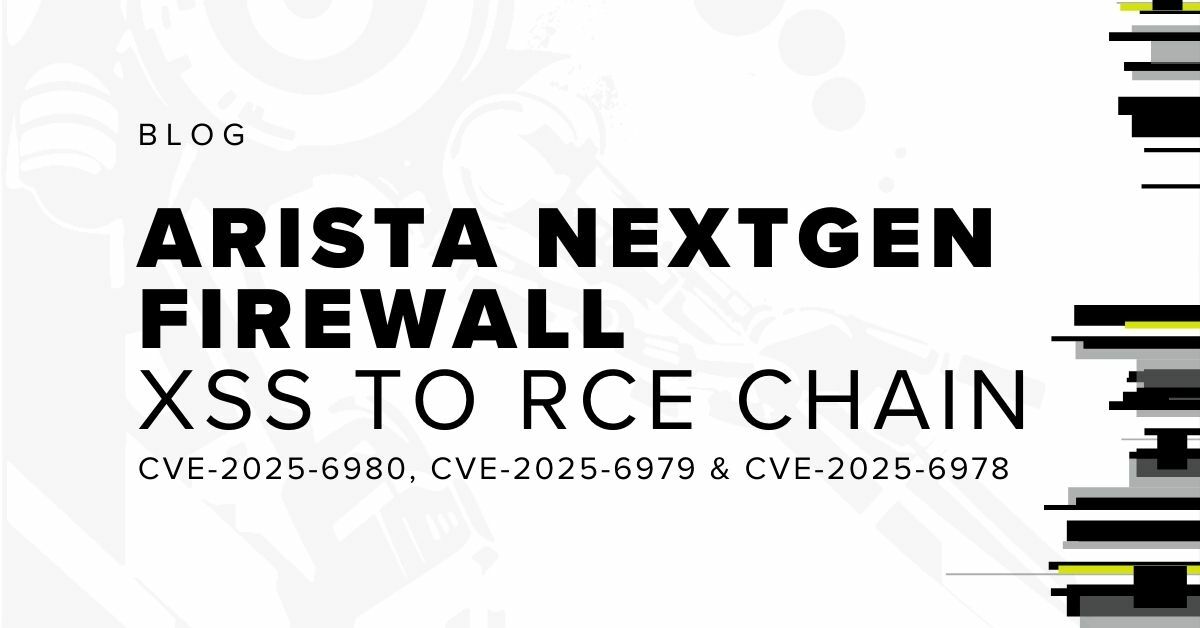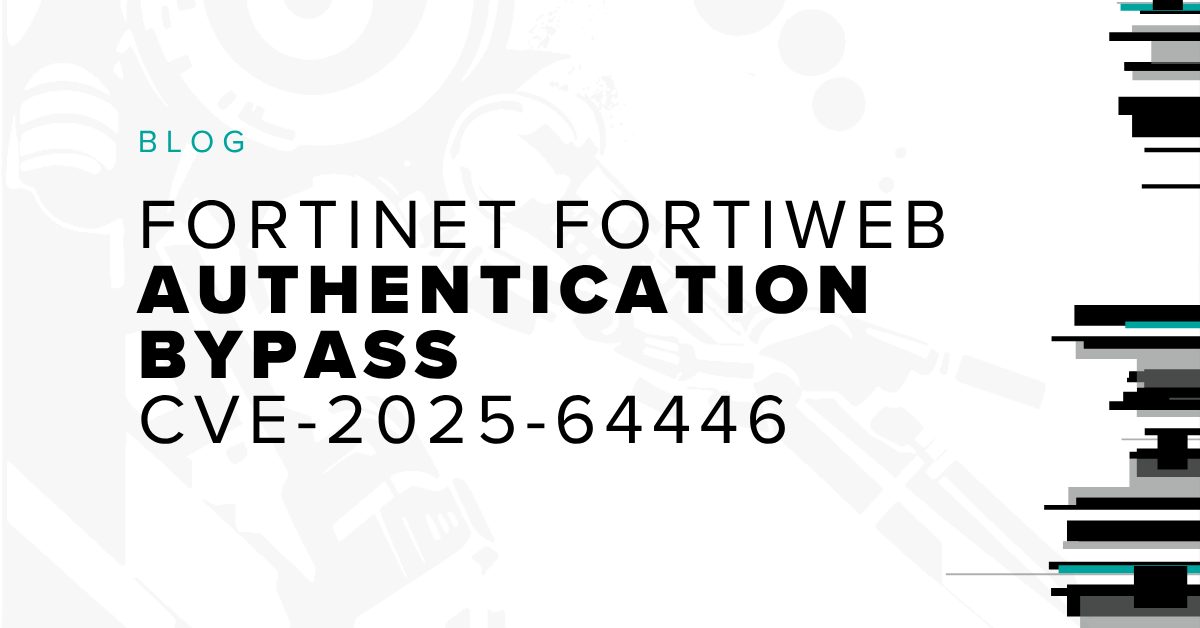The Growing Concern of API Security

The Growing Concern of API Security
As the internet continues to evolve, Application Programming Interfaces (APIs) have become the critical backbone for web services, mobile applications, cloud computing, and the Internet of Things (IoT). According to Cloudflare’s 2021 Landscape of API Traffic, APIs accounted for 54% of total requests across the internet.
The exponential growth in API usage across all industries has created fertile ground for exploitation, with API vulnerabilities responsible for a significant number of data breaches and system compromises. Check Point noted a concerning trend, revealing that API attacks have increased by 20% in the first month of 2024, compared to the previous year. This surge in API attacks has impacted one in every 4.6 organizations every week.
In 2018 a security researcher discovered an authentication flaw in API endpoints run by USPS for their informed visibility program. The vulnerability allowed anyone to get real-time data of all packages and mail, and retrieve personally identifiable information about any other user in the system.
Why API Security Matters
Whether you're leveraging mobile apps, cloud services, or microservices in a distributed environment, APIs are likely handling the data flow between systems. Their ability to connect disparate systems and automate processes makes them critical to the underlying infrastructure of the web, and an attractive target for exploitation.
Attackers are increasingly targeting APIs to exploit weak authentication, improper data validation, and business logic flaws. These vulnerabilities have been responsible for major data breaches that exposed sensitive information such as customer details, financial records, and private conversations. The consequences of a successful API attack can be devastating, making it essential to prioritize API security.
Distinguishing APIs from Traditional Web Services
Even though both traditional web applications and APIs facilitate interaction between clients and servers, they serve distinct purposes. Below we will break down these differences and how they impact security.
Web Applications
Traditional web applications are designed with user experience in mind. They are built to handle client-server interactions where the user interface (UI) communicates with the backend via forms, buttons, and visual components rendered in HTML, CSS, and JavaScript. In these systems, user input is sent through a UI interaction to the server, and the server responds with information meant to be displayed to the end user.
For example, consider a web-based e-commerce platform where users log in, browse products, and make purchases via an interactive front-end. Each action on the page triggers a request to the server, which processes the data and sends a new or updated page to the user. Security concerns for these applications often center around UI exploits such as cross-site scripting (XSS) or cross-site request forgery (CSRF).
Traditional web application penetration testing focuses on these front-end interactions and typically involves testing the user interface for flaws that could lead to the compromise of user data, authentication systems, or session management.
APIs: Behind-the-Scenes Workhorses
APIs serve as backend services, allowing different applications or systems to communicate programmatically. In contrast to traditional web applications, APIs are not designed for direct interaction with end users. Instead, they enable systems to exchange data or trigger processes in the background.
For instance, when you use a mobile banking app to check your account balance, the app itself is just the interface. The actual account information is retrieved from the bank's server via an API. The API processes the request in the background, fetching your data, and returning it to the app.
Key differences:
- Context of Use: While web applications serve content directly to human users through a browser interface, APIs focus on providing data and functionality to other applications or systems. This fundamental difference in purpose necessitates specialized testing strategies.
- Interaction Style: Web applications rely heavily on user interactions with visual interfaces, whereas APIs are purely functional and typically communicate using structured data formats like JSON or XML, without any presentation of visual elements. As a result, API testing must focus on data exchange rather than user experience.
- Communication Protocols: Traditional web applications typically involve full-page responses to user requests, whereas APIs rely on specific protocols like REST and GraphQL to send and receive data efficiently. This difference in communication requires testing strategies that account for the various response formats like JSON and XML, and different types of request methods (such as POST, PUT, and DELETE) which might be encountered. Additionally, API testing needs to address authentication mechanisms, rate-limiting, and error-handling scenarios that differ from traditional web application testing.
API vs. Web Application Penetration Testing: Key Differences
The growing reliance on APIs introduces distinct security risks that can lead to far-reaching consequences. Understanding the differences between API penetration testing and traditional web application testing is crucial to mitigating potential threats.
1. Different Focus Areas
Web application penetration testing typically focuses on the front-end, user-facing systems such as HTML and JavaScript components, the interface with which users directly interact. API penetration testing, however, targets backend services, which often lack graphical interfaces but handle sensitive data and business logic. APIs expose a system’s core architecture, meaning that API vulnerabilities can have more sever repercussions than typical application flaws.
2. Complexities of API Security
API Security is inherently more complex due to the way APIs function. By exposing backend services to the internet, APIs become more susceptible to business logic flaws and potential data leaks. A compromised API can expose critical functions, potentially giving attackers access to critical systems.
For example, APIs often manage user actions like user authentication and database operations, such as creating, reading, updating, and deleting records. APIs also facilitate communication with third-party services. An API vulnerability that allows unauthorized access could result in widespread data exposure or system control, making robust API security essential.
3. Vulnerable to Reverse Engineering
APIs are more susceptible to reverse-engineer than traditional web applications for several reasons:
- Well-Documented APIs: Many APIs, especially public ones, are well-documented, making it easier for attackers to understand their functionality.
- Public Networks: APIs commonly communicate over public networks, giving attackers the opportunity to intercept traffic and analyze it for weaknesses.
- Available Tools: Tools such as Burp Suite and Swagger Jacker enable both penetration testers and attackers to quickly identity and exploit API vulnerabilities.
Conclusion
While APIs offer numerous advantages to businesses and developers by enabling seamless integration and automation, they also introduce unique security challenges. As APIs increasingly power critical systems and handle sensitive data, it is essential to prioritize their security. Tailored penetration testing specifically designed for APIs can uncover vulnerabilities unique to these interfaces. By grasping the key differences between API and web application security, organizations can better protect their systems from the growing threat of API-based attacks.
Subscribe to our blog
Be first to learn about latest tools, advisories, and findings.
Thank You! You have been subscribed.



